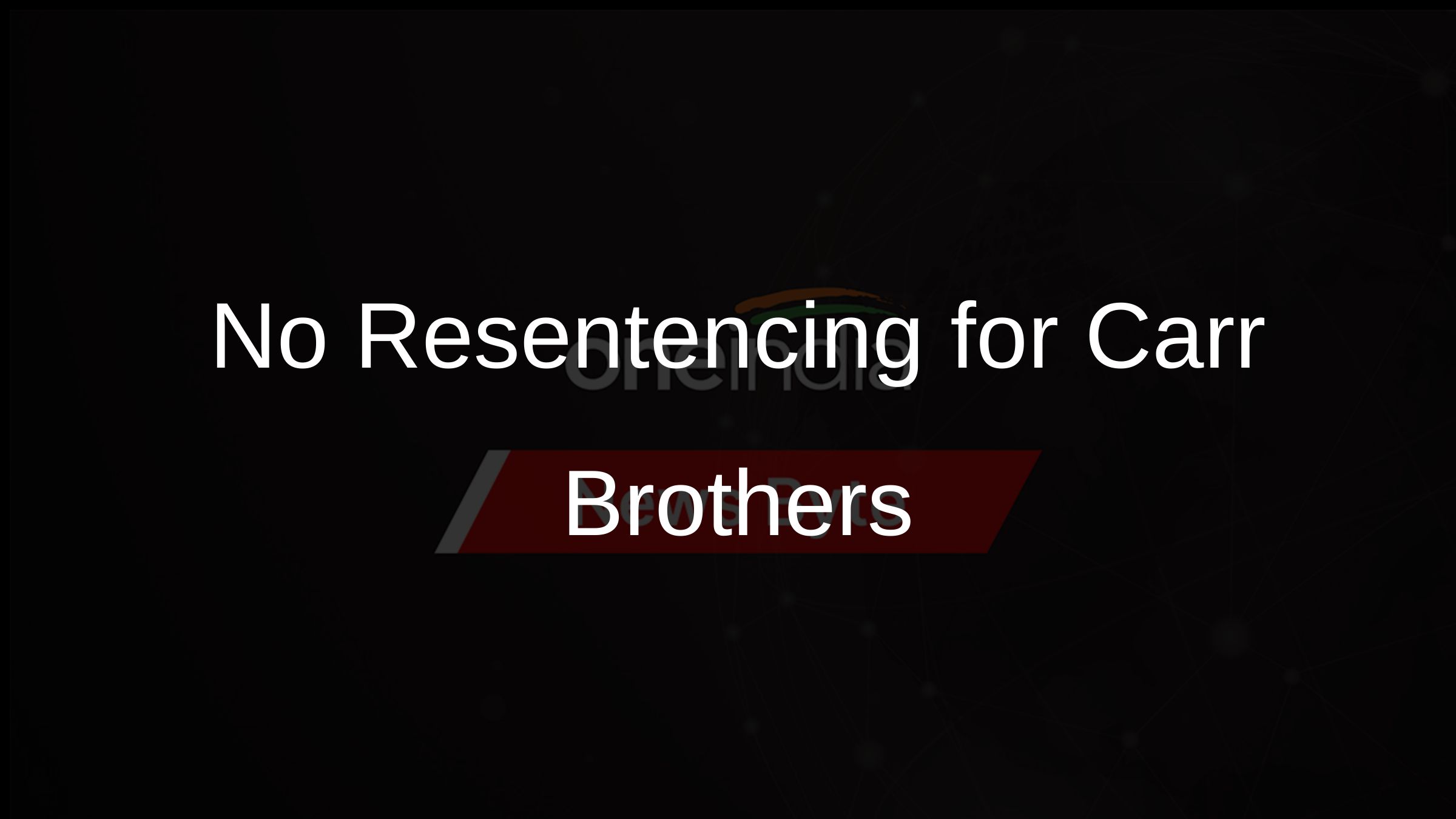
120 million-year old dino remains may belong to a new species
London, August 28 : Paleontologists have found extensive remains of a 120 million-year-old dinosaur near the remote village of Morella in eastern Spain, which they say could belong to a hitherto undiscovered species.
The region, known as the Maestrazgo, is rich in dinosaur remains, and the site between the towns of Morella and Cinctorres was spotted as promising in 2002.
But, excavation began only in 2005, when the project obtained funds, initially from a wind energy company, then from Valencia's regional government.
According to a report in the Independent, remains so far uncovered of a Sauropod dinosaur linked to the Brachiosaurus family are virtually intact, giving scientists hope they will eventually recover most of the giant animal's bone structure.
"It's a very exciting find, because you rarely come across the bones in their original skeletal shape," said Jose Miguel Gasulla, one of the four leaders of the dig in the Valencia region.
When striding the Iberian mountains on all four feet, the dinosaur must have been up to 25m long and weighed up to 40 tons, according to Gasulla.
The creature, with its characteristic long neck and tail, was a member of the Brachiosaurus group; more commonly referred to as the giraffe-type, which held its head high, some 11m above the ground.
"We have found vertebrae, ribs and a thigh bone of a very big adult dinosaur from the early Cretaceous period," said Gasulla. "It's also enormous. We first found a femur (thigh bone) 1.80m long, articulated with the hip, then bigger and bigger ribs, up to 2.40m," he added.
The remains date from the early Cretaceous period, some 120 million years ago. Most Brachiosaurus remains have been found from the preceding Jurassic period.
"Those from the early Cretaceous period are much less common, and one of this size is vary rare, so we are able to advance our knowledge of the group in this period," said Gasulla.
Scientists want to establish whether their find is a new species of the family or directly related to others already discovered.
"We want to situate this dinosaur in the context of Sauropod dinosaurs. We have considerable hope that it may be a new species, linked to the Brachiosaurus, and for which we'd have to find a new name," said Gasulla.
ANI


 Click it and Unblock the Notifications
Click it and Unblock the Notifications















